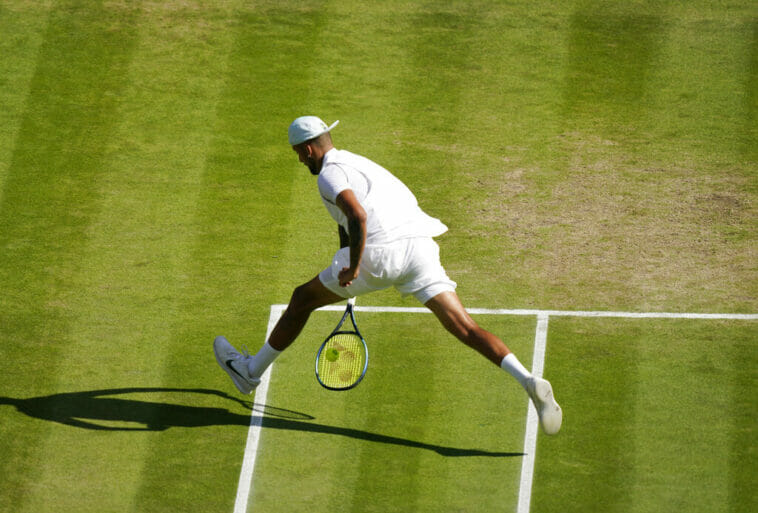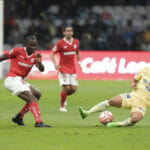Tennis is becoming increasingly popular, and more people want to learn the rules and understand the game in order to have a nice time. With this in mind, JefeBet has made a compilation of the basic rules of tennis so that you can get to know this sport in a simple and fun way.
Tennis Rules: Everything You Need to Know Before a Match
First: The Court – Surfaces and Areas
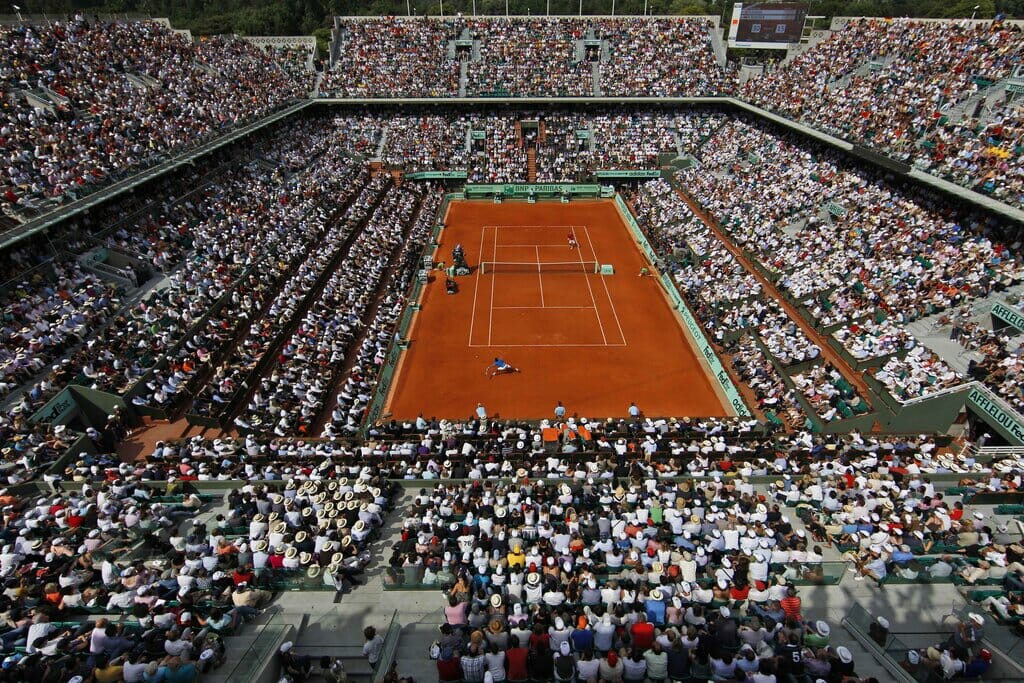
To begin with, tennis is played on a court with white lines. This is one of the basic rules of tennis: tennis players’ shots cannot go beyond the boundaries of the courts: if this happens, they lose the point. There are two side rectangles on each side of the court that, in singles, that is, in matches of one tennis player against another, signal the place where the ball is shot to start a point.
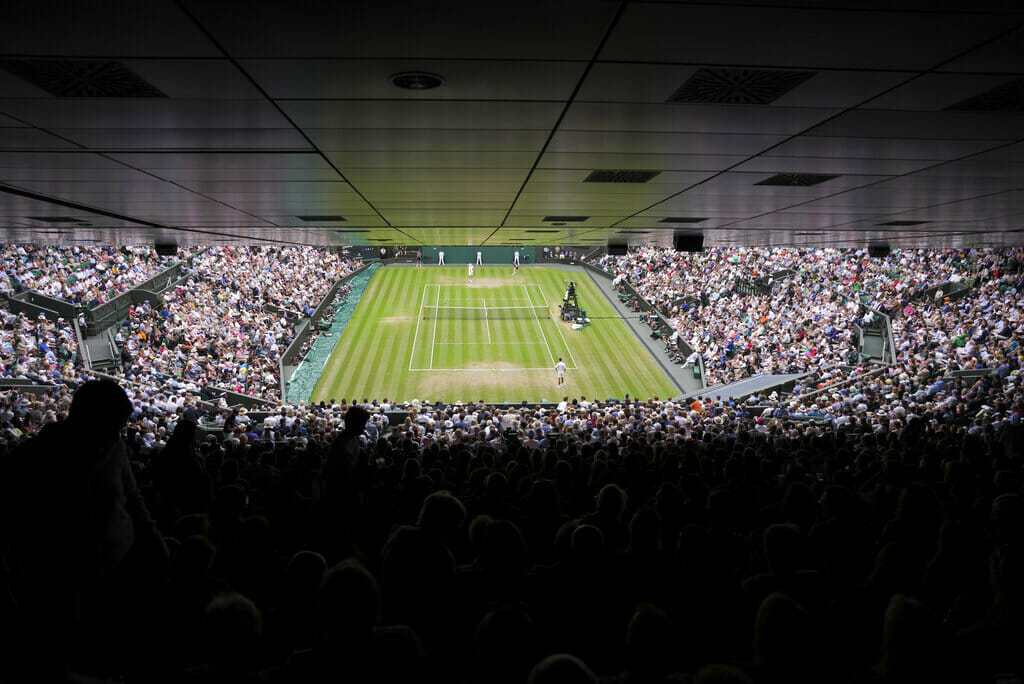
Additionally, there are two service lines or “T” on each side of the net that indicate how far each player’s first shot can go, which is called the serve. We will talk about this later. However, if the player does not get the ball in the service lines on the opponent’s side twice, the point is lost.
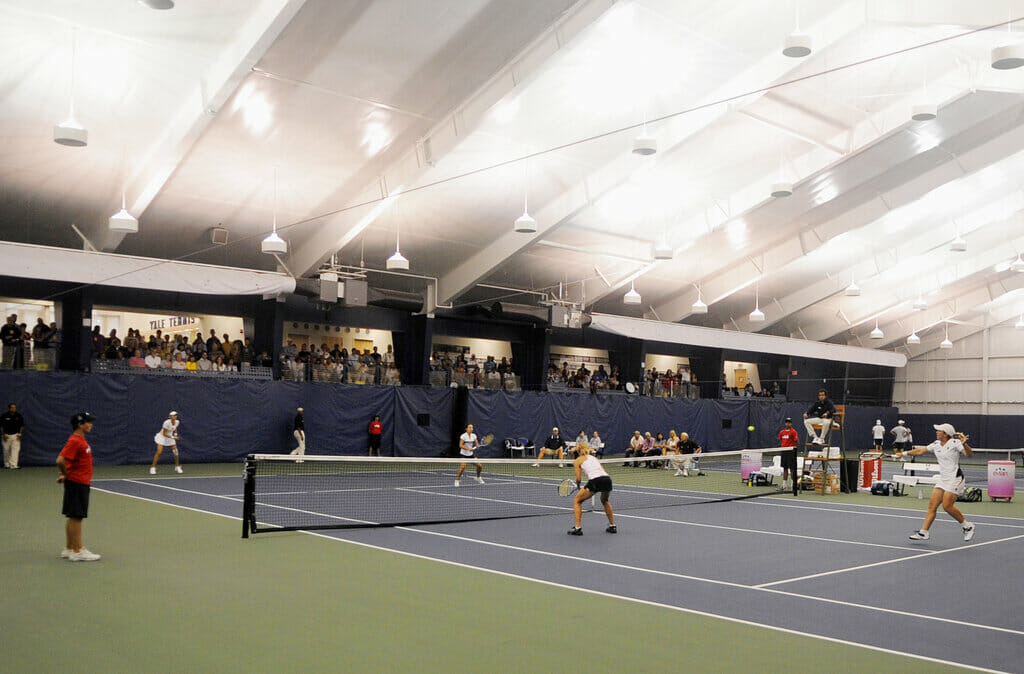
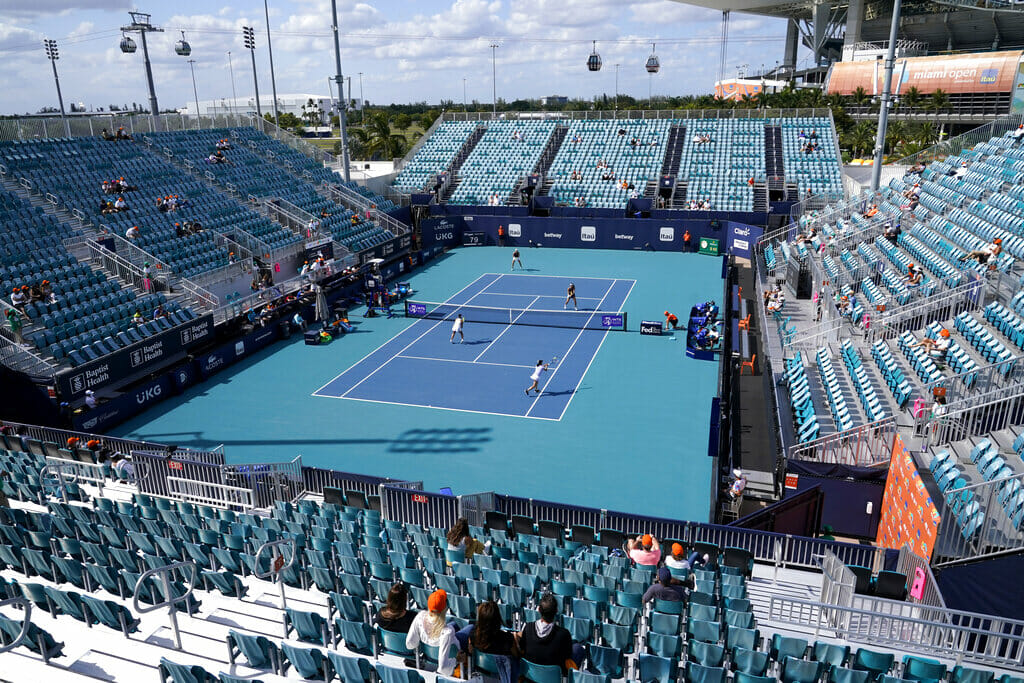
What is more, there are four types of court surfaces in tennis: clay, grass, hard court (concrete) and indoor hard court. That is, roofed.
Second: the scoreboard
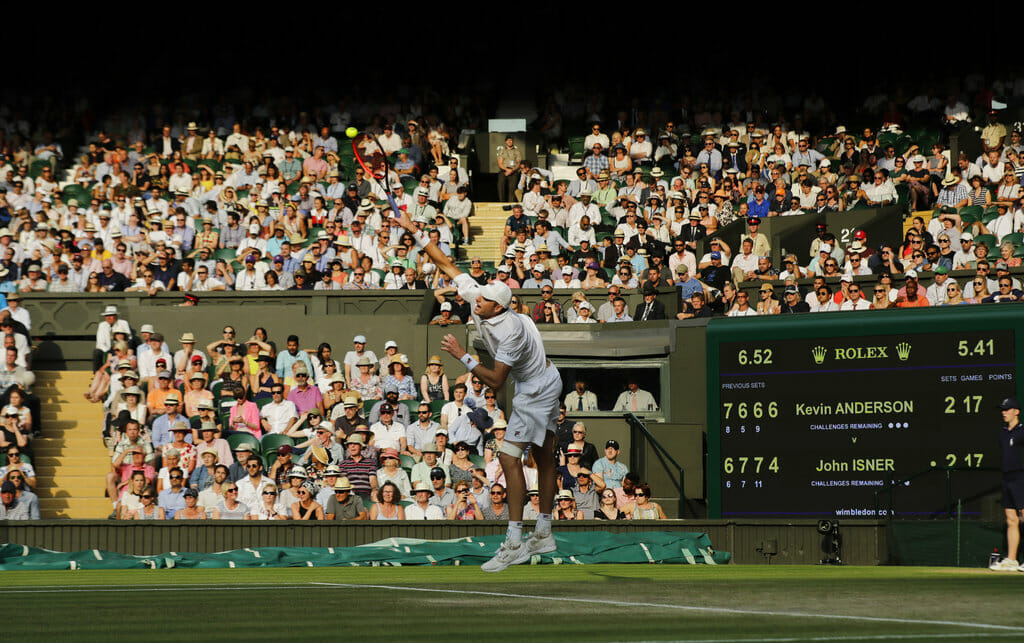
Secondly, to understand this sport, you must understand what the numbers on the scoreboard mean and how they add up to a player winning or losing a match.
The matches are divided into parts. Each part is called a “set”. Depending on the type of tournament, the match may be played by winning 2 out of 3 sets or 3 out of 5. That is, the first player to complete the required sets wins the match.
Now, players alternate what are called service games. This means that each tennis player serves and this starts the point. When four points are added, it becomes a game. Thus, with 6 or 7 games, a set is won.
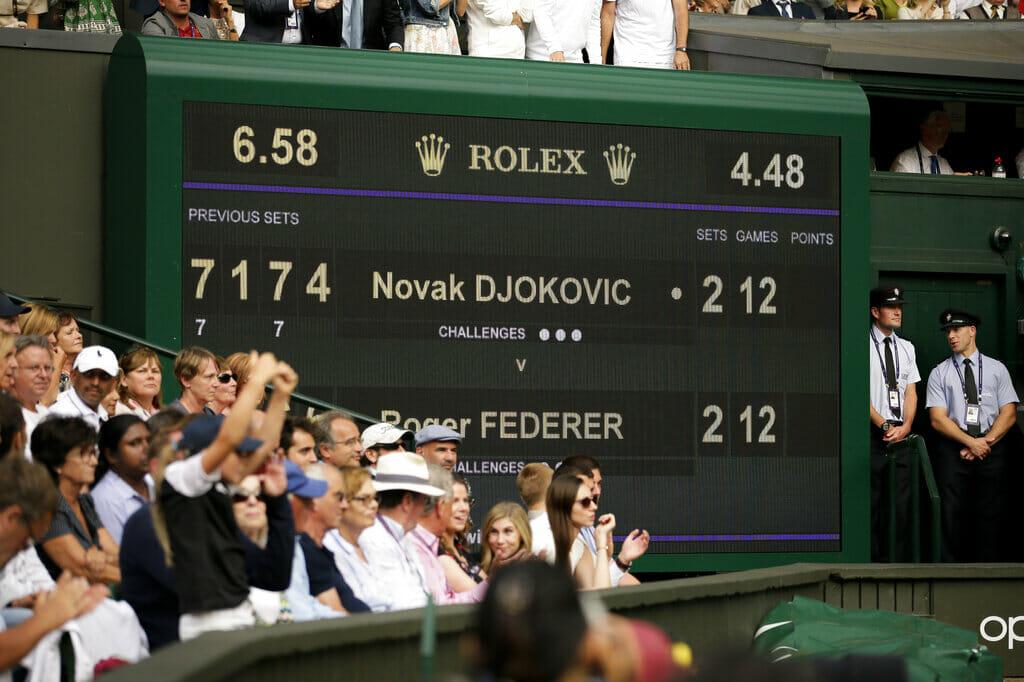
To win a point, the opposing player must either fail to return the ball or shoot outside the lines. When you win one point, the scoreboard adds 15, two points add 30, three points add 40, and four points add one game.
Thus, the set is won when the first player reaches 6 games with a minimum difference of two, for example, 6-4. Also, if the set reaches 6-6, a tie break is played. In this round, points are added from 1 to 7. The first to reach 7 with a difference of two wins the set.
Third: the shots
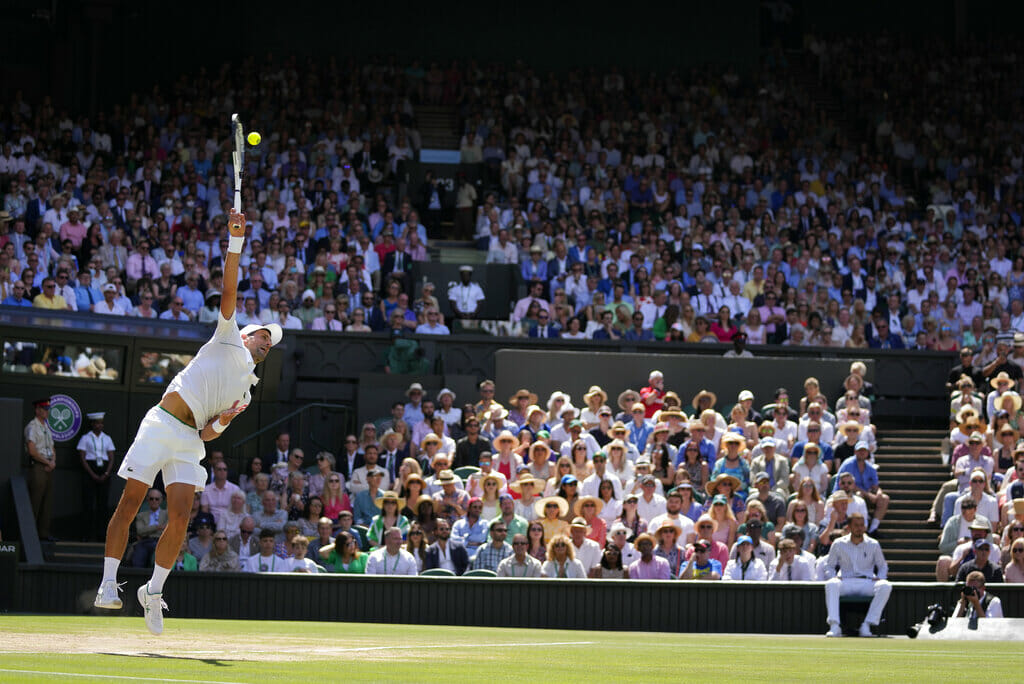
Serve
The first essential shot is the serve. To start the point, the player must throw the ball upwards and then hit it with force, making a semicircle movement with the arm. This shot must fall inside the opposite service box, as shown in the following image:
Drive
In second place, we have the most common shot: the drive. This is a shot that is normally one-handed, flat and strong. Flat means that it is not a shot that has spin: it follows a straight trajectory to the other side of the court.
Backhand
On the other hand, the backhand is usually two-handed, except for some tennis players who do it with the forehand by crossing the arm to the left side, such as Roger Federer:
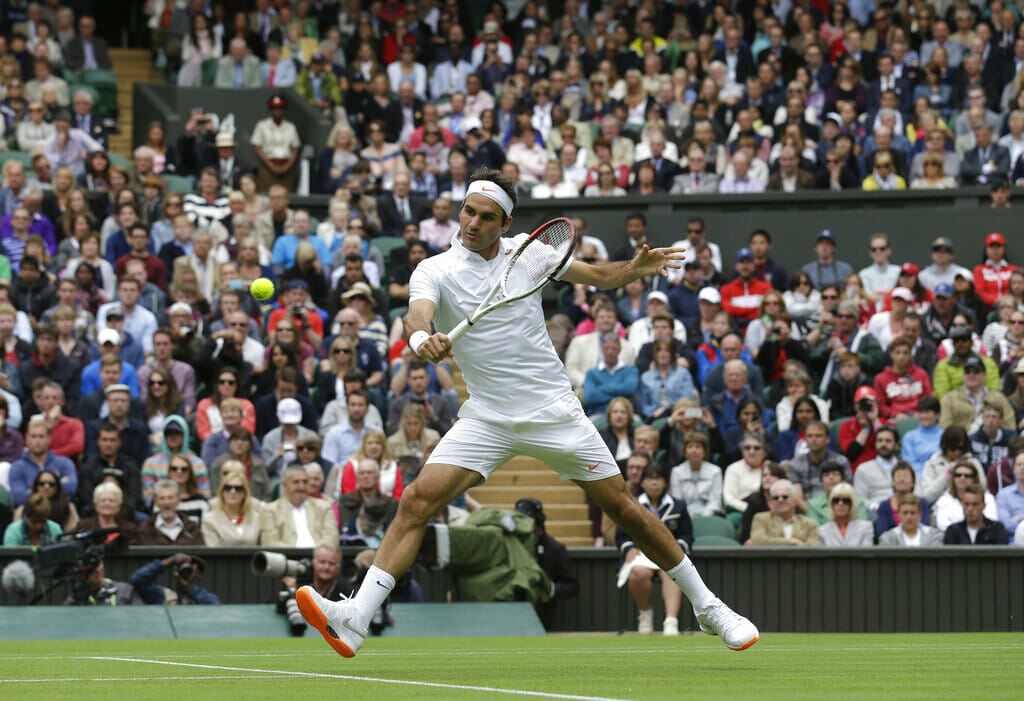
Slice
This shot is the first one with a spin. The slice is made with the racquet slightly tilted and causes the ball to make an elliptical trajectory and reduce its speed when hitting. It usually falls near the net or in the middle of the service lines of the court. This shot is made in a surprising way so that the opponent runs and cannot return the shot effectively.
Other shots: lob, smash, volley and drop shot
In addition to the above-mentioned, there are other special shots with spin. For example, the lob: the player hits very high and then the ball comes down. Normally, this type of shot is followed by a smash. The smash is similar to the serve, only that it is not controlled (this is so because in the serve, the player is the one who throws the ball upwards). The same motion is used as in the serve. It can be seen in the following video from second 4 to 9:
On the other hand, the volley and drop shot are shots close to the net that require speed. In the first one, the ball is not hit hard, but the racquet is positioned straight. In the other, the ball lands near the net with very little bounce.
Fourth: types of tournaments
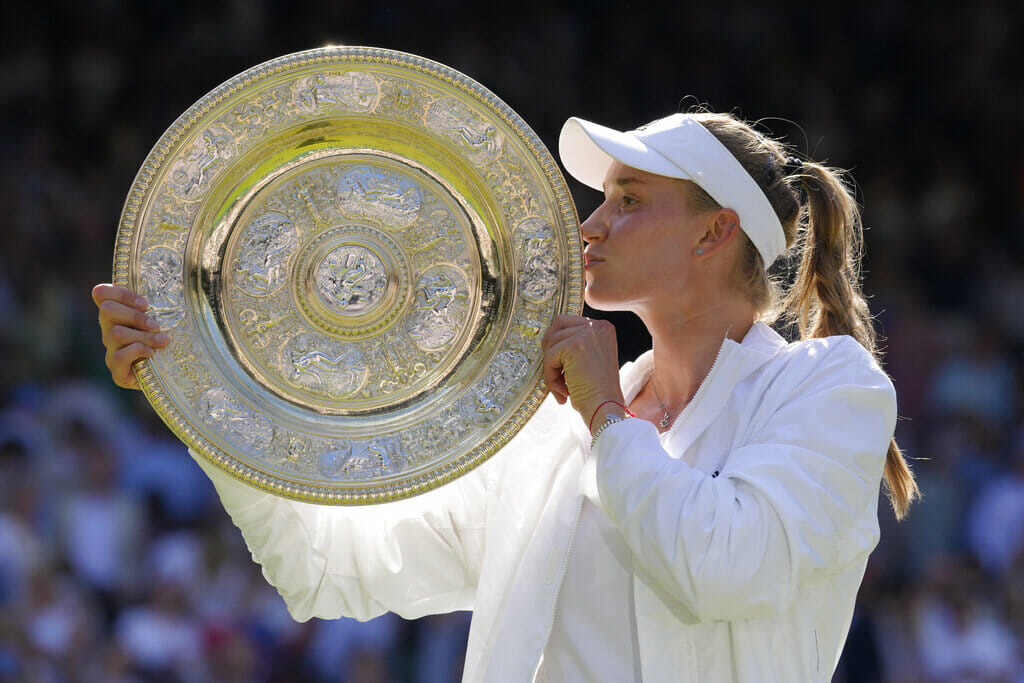
Challenger
Challengers are tournaments for players who are just starting their careers. They have no ranking or points; therefore, they are played in cities that are not so well known and between 80 and 125 points are awarded.
Masters (250, 500 and 1000)
Second, the Masters can be classified into three types based on the number of points awarded to the winners: 250, 500, or 1000. Masters 1000 tournaments are played in major cities such as Paris, Monte Carlo, Rome, Madrid, Miami, Montreal, among others.
Grand Slams
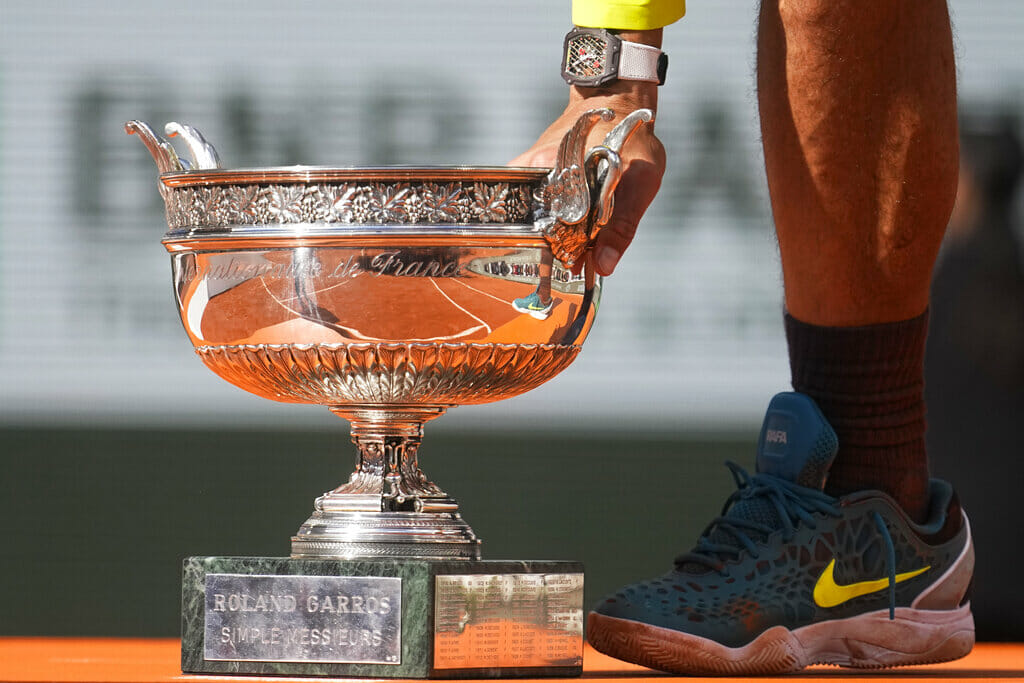
Finally, the Grand Slams are the most important tournaments of the year. There are four and they are played in the most important cities in the world: Melbourne, London, Paris and New York. What is more, matches are won with 3 out of 5 sets.
The main draw is made up of 128 players who are seeded according to their ranking and track record in past editions of the tournaments. In addition, seven rounds are played and the winner of the tournament gets 2000 points. This is the maximum number of points that a tennis event can award, which is why these tournaments are so renowned.



